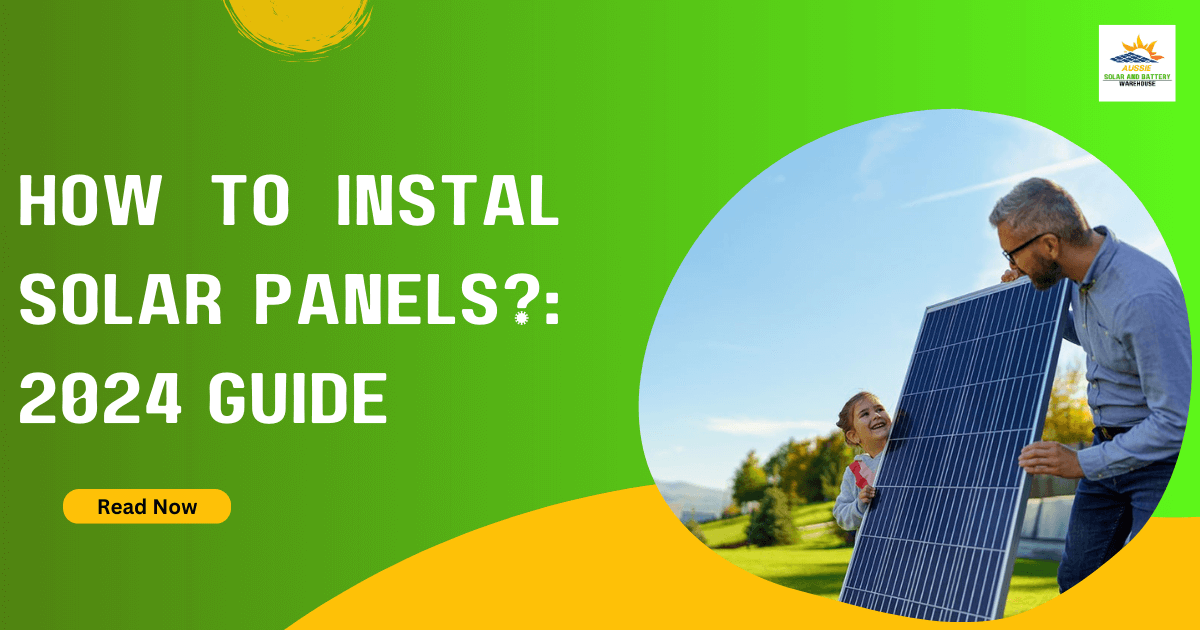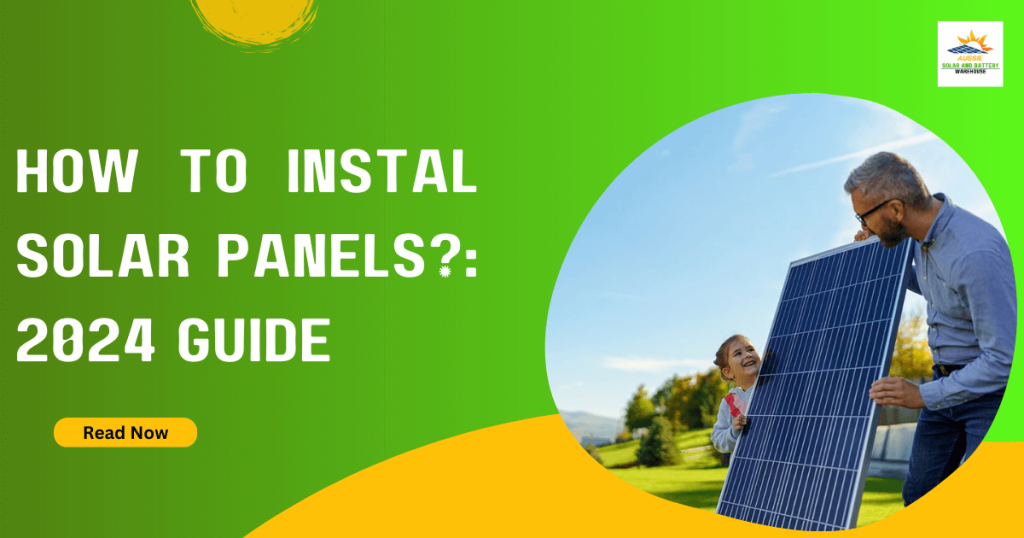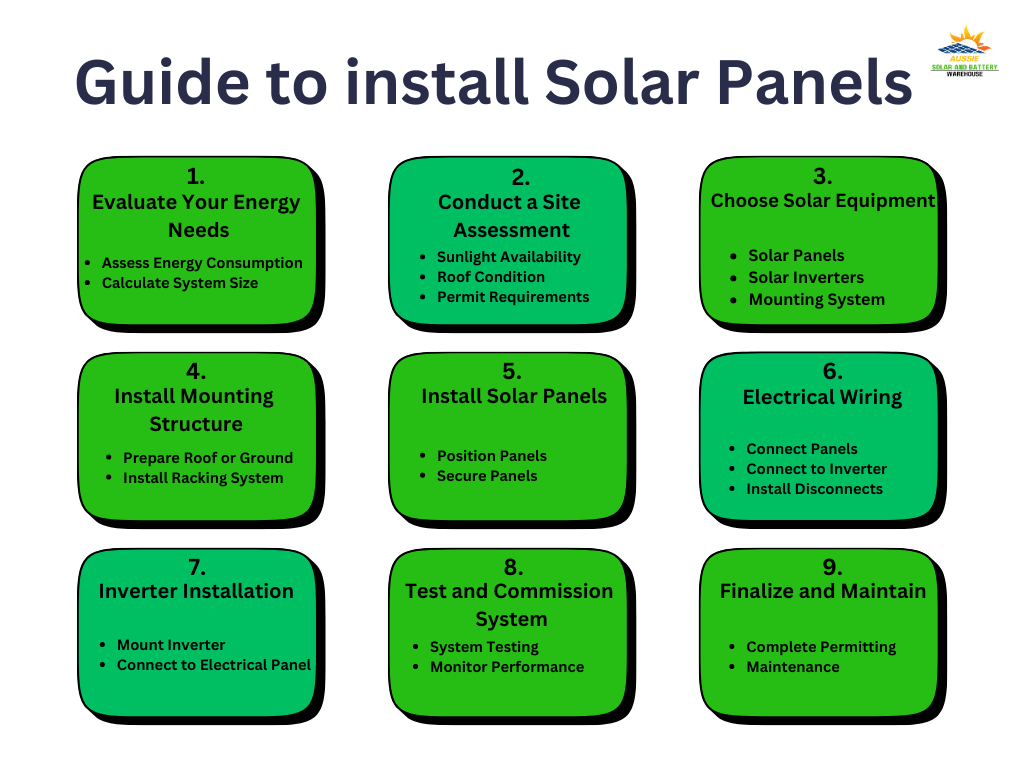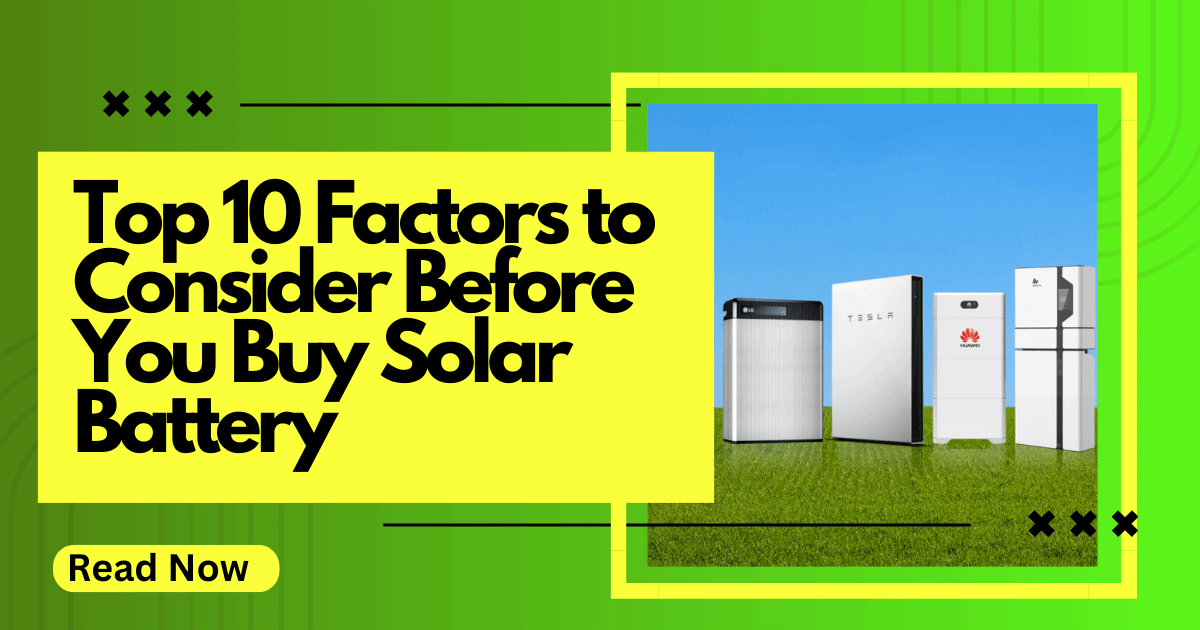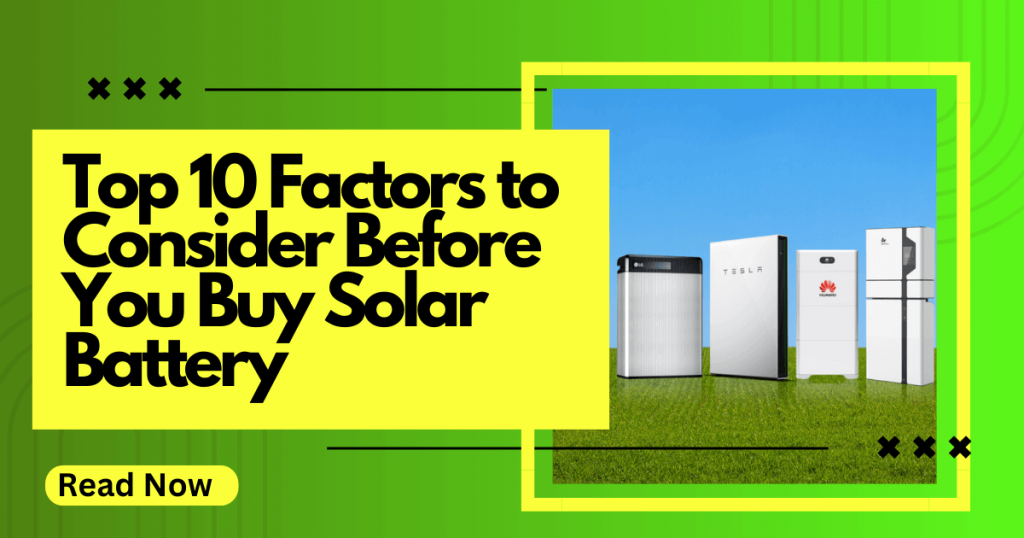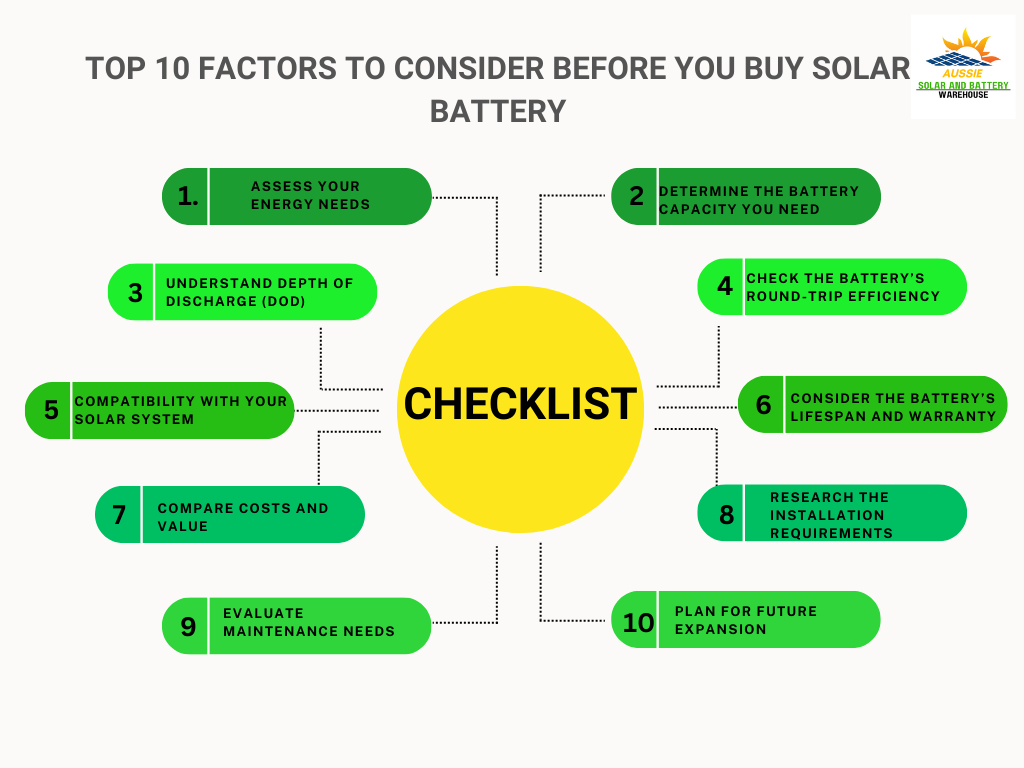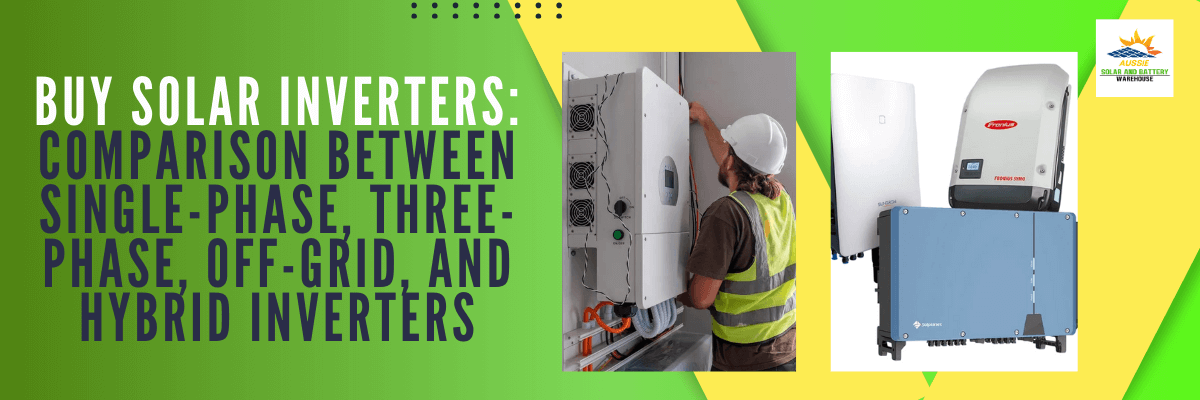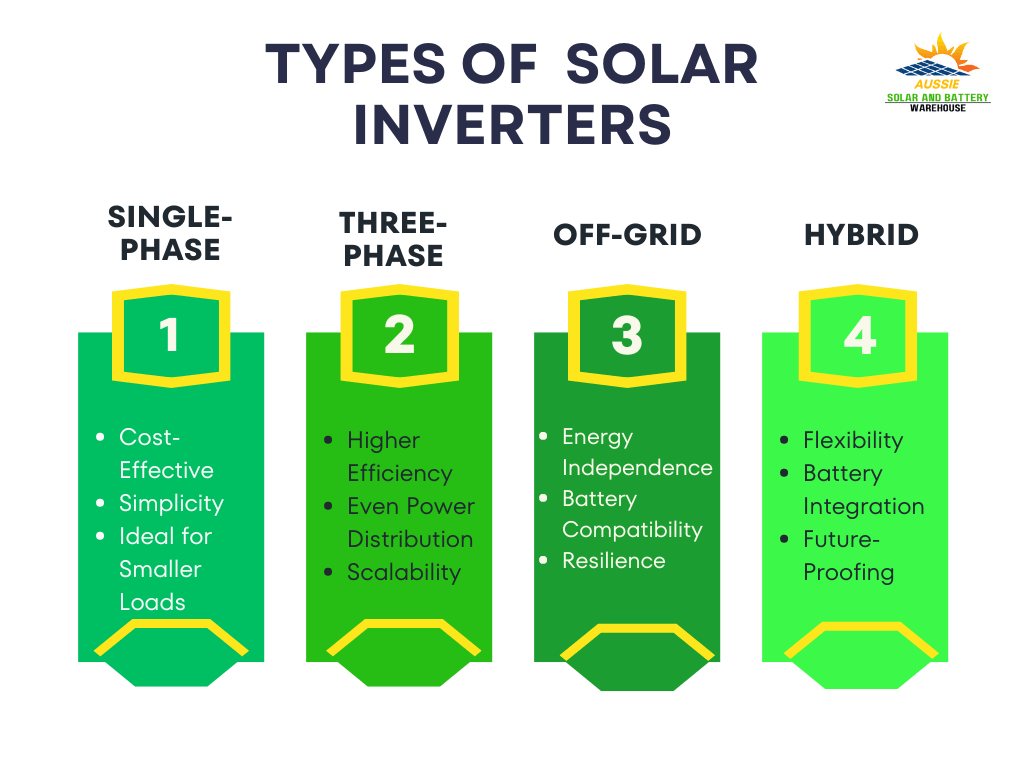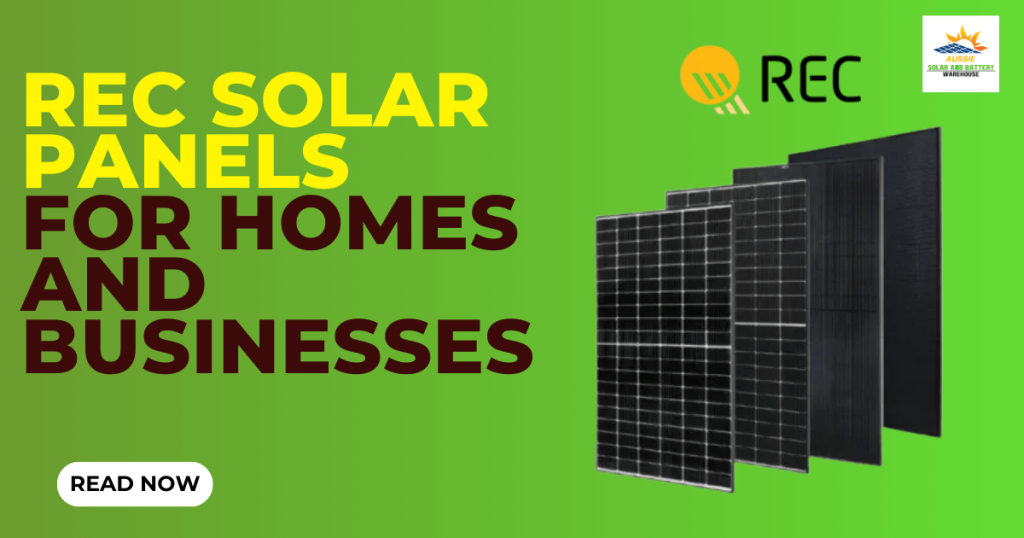
When it comes to solar power, choosing the right solar panels is essential for maximizing energy generation, lowering electricity bills, and ensuring long-term sustainability. Among the top players in the solar energy market, REC Solar Panels stand out for their reliability, high performance, and technological innovations. Whether you’re a homeowner or a business owner, REC solar panels offer a smart, long-term investment in clean energy.
REC Solar Panels Series: A Breakdown
REC offers several different series of solar panels, each designed to meet the unique needs of various customers. Let’s explore the most popular options:
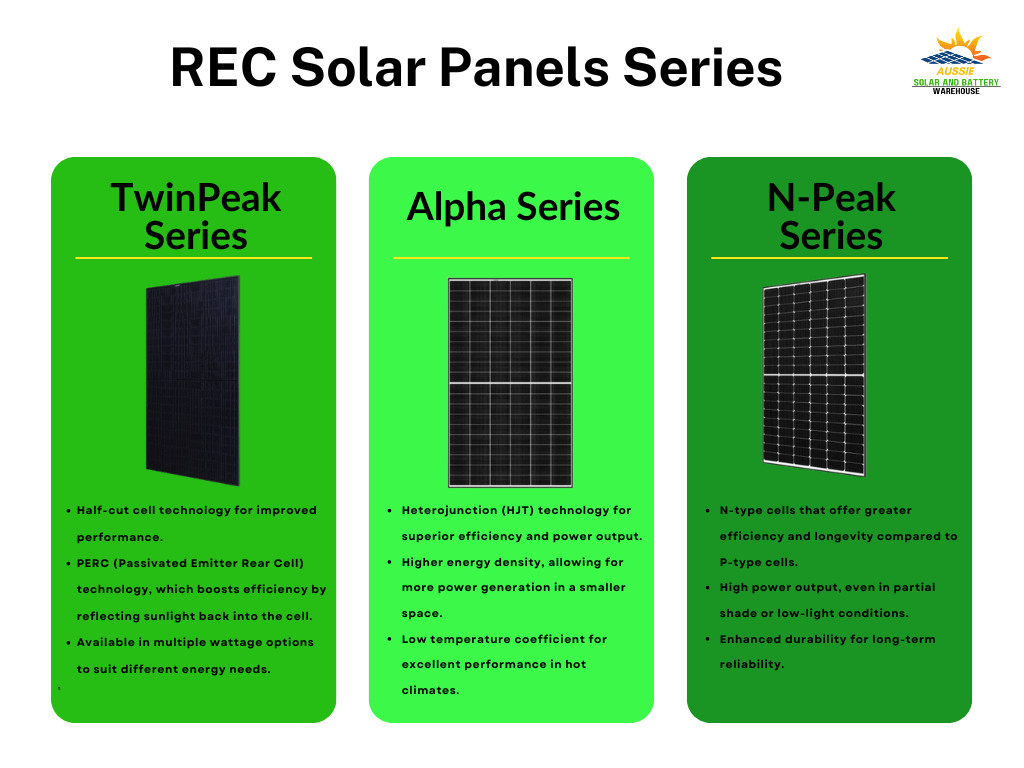
1. REC TwinPeak Series
The REC TwinPeak series is known for its high efficiency and affordability, making it a great option for both residential and commercial installations.
- Key Features:
- Half-cut cell technology for improved performance.
- PERC (Passivated Emitter Rear Cell) technology, which boosts efficiency by reflecting sunlight back into the cell.
- Available in multiple wattage options to suit different energy needs.
- Explore REC TwinPeak Series: REC 315 Mono Twin Peak 2 Solar Panel
2. REC Alpha Series
The REC Alpha series is one of the most advanced solar panels available, boasting some of the highest efficiency ratings on the market.
- Key Features:
- Heterojunction (HJT) technology for superior efficiency and power output.
- Higher energy density, allowing for more power generation in a smaller space.
- Low temperature coefficient for excellent performance in hot climates.
- Explore REC 355W Alpha Half-Cell (Black) Solar Panel
3. REC N-Peak Series
The REC N-Peak series offers a premium option for those looking for superior performance and longevity.
- Key Features:
- N-type cells that offer greater efficiency and longevity compared to P-type cells.
- High power output, even in partial shade or low-light conditions.
- Enhanced durability for long-term reliability.
- Explore REC 330 NPEAK MONO Solar Panel
What Sets REC Solar Panels Apart?
REC is recognized for its innovative approach to solar panel manufacturing. They prioritize quality, sustainability, and energy efficiency, making them a top choice for consumers seeking reliable solar solutions. REC’s solar panels offer several key advantages:
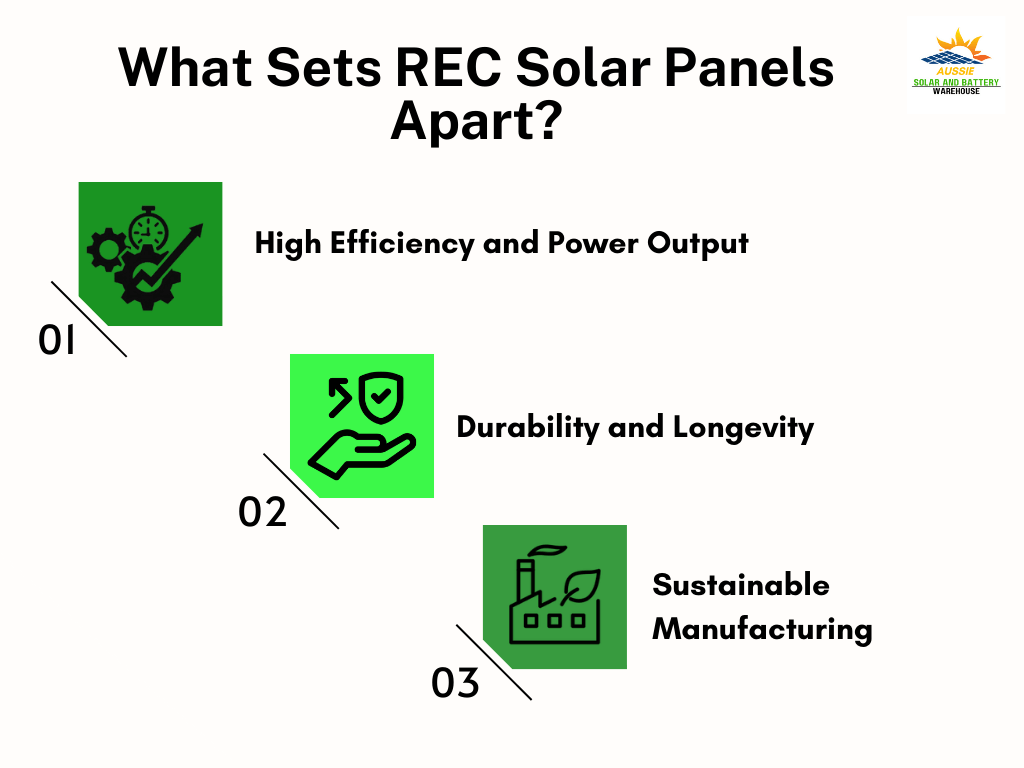
1. High Efficiency and Power Output
One of the most important factors in any solar panel is its efficiency—the percentage of sunlight it can convert into usable electricity. REC solar panels feature cutting-edge technology, such as their TwinPeak and Alpha Series, which use half-cut cells and advanced heterojunction technology (HJT) to increase power output.
- Half-Cut Cell Technology: This design minimizes energy loss by reducing resistance in the panel, ensuring more electricity is generated even under low-light or partially shaded conditions.
- Heterojunction Technology (HJT): Found in the Alpha Series, HJT combines the benefits of crystalline and thin-film solar cells, offering higher efficiency and better performance, even in hot climates.
REC solar panels consistently rank among the top in the industry for efficiency, with some models reaching over 21% efficiency, allowing users to generate more electricity from the same amount of sunlight.
2. Durability and Longevity
REC solar panels deliver long-lasting performance. Using high-quality materials, they withstand extreme weather conditions, making them perfect for residential and commercial installations. REC provides robust warranties, including a 25-year product and performance guarantee, ensuring you can trust your investment for decades.
3. Sustainable Manufacturing
REC is committed to sustainability at every step of the production process. The company prides itself on using environmentally responsible practices, including minimizing waste and reducing carbon emissions during manufacturing. Choosing REC solar panels aligns with eco-conscious values, helping you reduce your environmental impact while enjoying reliable, renewable energy.
Why Choose REC Solar Panels for Your Home or Business?
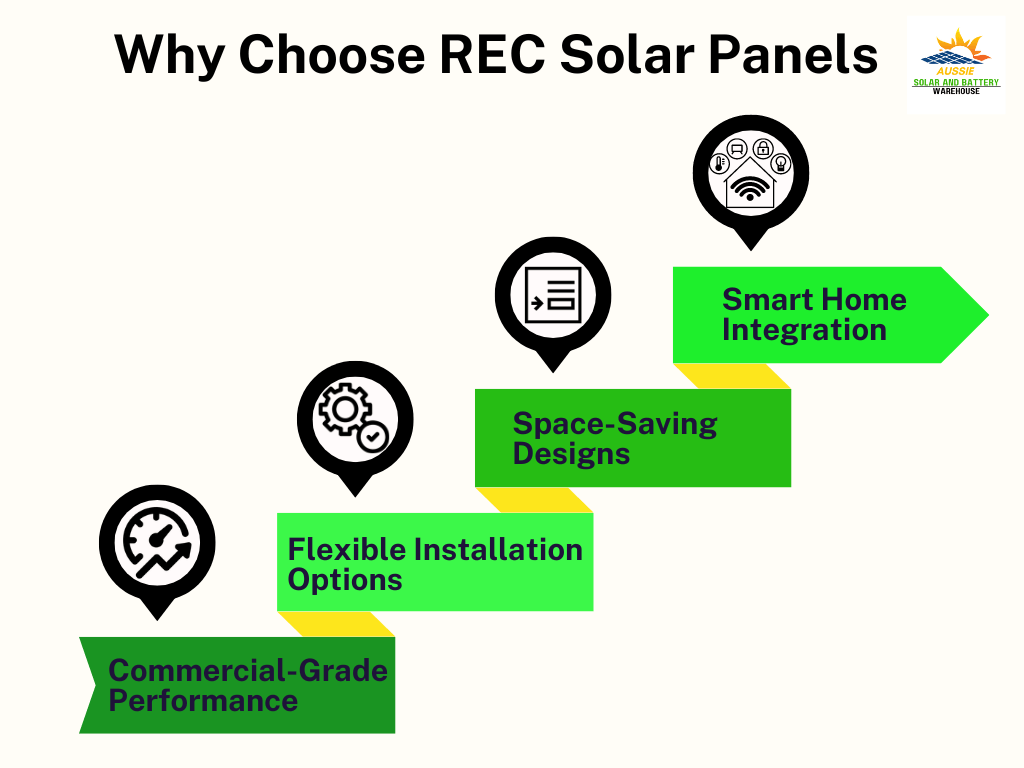
1. Commercial-Grade Performance
REC’s commercial solar panel solutions are designed to handle large-scale installations, offering businesses the opportunity to generate significant energy savings. With the ability to optimize energy use, businesses can operate more efficiently while reducing their carbon footprint.
2. Flexible Installation Options
REC solar panels can be installed on a variety of surfaces, including rooftops, ground-mounted systems, and solar carports. This flexibility allows businesses to make the most of their available space while integrating solar energy seamlessly into their operations.
3. Space-Saving Designs
REC’s high-efficiency panels are designed to deliver maximum output in a smaller footprint, making them perfect for residential roofs. Homeowners can generate the energy they need while preserving their property’s aesthetic appeal.
4. Smart Home Integration
REC solar panels are compatible with smart home energy management systems, allowing homeowners to monitor and control their energy usage with ease. This level of control helps optimize energy consumption and further reduce utility bills.
Investing in REC solar panels for your home or business is a smart decision that pays off in both the short and long term. With their superior efficiency, durability, and commitment to sustainability, REC solar panel deliver reliable, clean energy that helps reduce costs.
At Aussie Solar Battery, we offer a wide range of REC solar panels to suit your unique energy needs. Don’t miss out on our exclusive offers—buy today. Contact us today at sales@aussiesolarbattery.com.au or call us at 1300 559 829 to take advantage of our free consultation service! Our solar experts are here to help you choose the best REC solar solution for your home or business.

